Samsung HW-Q800D review: perfect for almost any TV?
This brilliant soundbar is a powerful addition to your setup
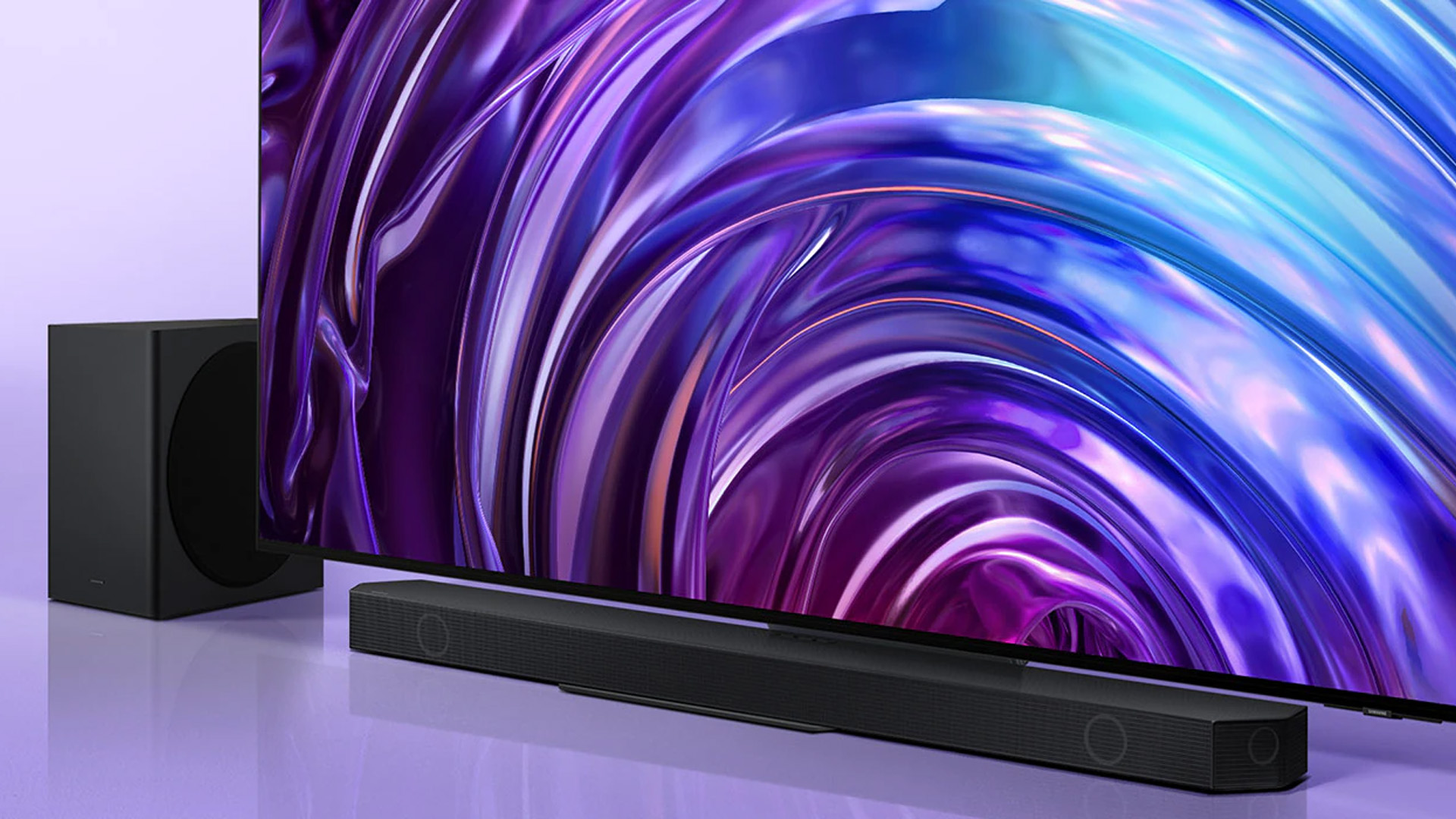
The Samsung HW-Q800D is, on paper, all but indistinguishable from the model it replaces. In the flesh, it’s a good-looking and well-made system. In action, it’s a great spatial audio performer that’s undermined somewhat by its rather vague and flimsy treble reproduction. But, in general, this is the perfect soundbar for almost any TV – especially if you have a modern Samsung set.
-
+
Open, positive and quite punchy sound
-
+
Excellent standard of build and finish
-
+
Good control options
-
-
No HDMI 2.1
-
-
Lacks top-end substance
-
-
A scant upgrade on the outgoing HW-Q800C
Why you can trust T3

Yes, your new TV looks great – but it sounds underwhelming, doesn't it? Every TV manufacturer seems to have an attempt at making one of the best soundbars on the go, which is basically an admission that its televisions sound rubbish – and Samsung is no exception.
So in an effort to bring the sound you’re hearing into line (in terms of quality) with the images you're enjoying, the Samsung HW-Q800D offers Dolby Atmos spatial audio and a wireless subwoofer for what looks to be a pretty tempting price. Is it really all that tempting, though? And is it, in fact, all that new?
Is the Samsung Q800D worth it?
The Samsung HW-Q800D Dolby Atmos soundbar/subwoofer combo is on sale now, and in the UK it’s routinely available for £699 or thereabouts. In the United States, it sells for $799 or something quite like it, while in Australia it goes for around AU$1099. Check out the shopping widget embedded above for the latest and greatest offers.
What’s new in Samsung's Q800D?
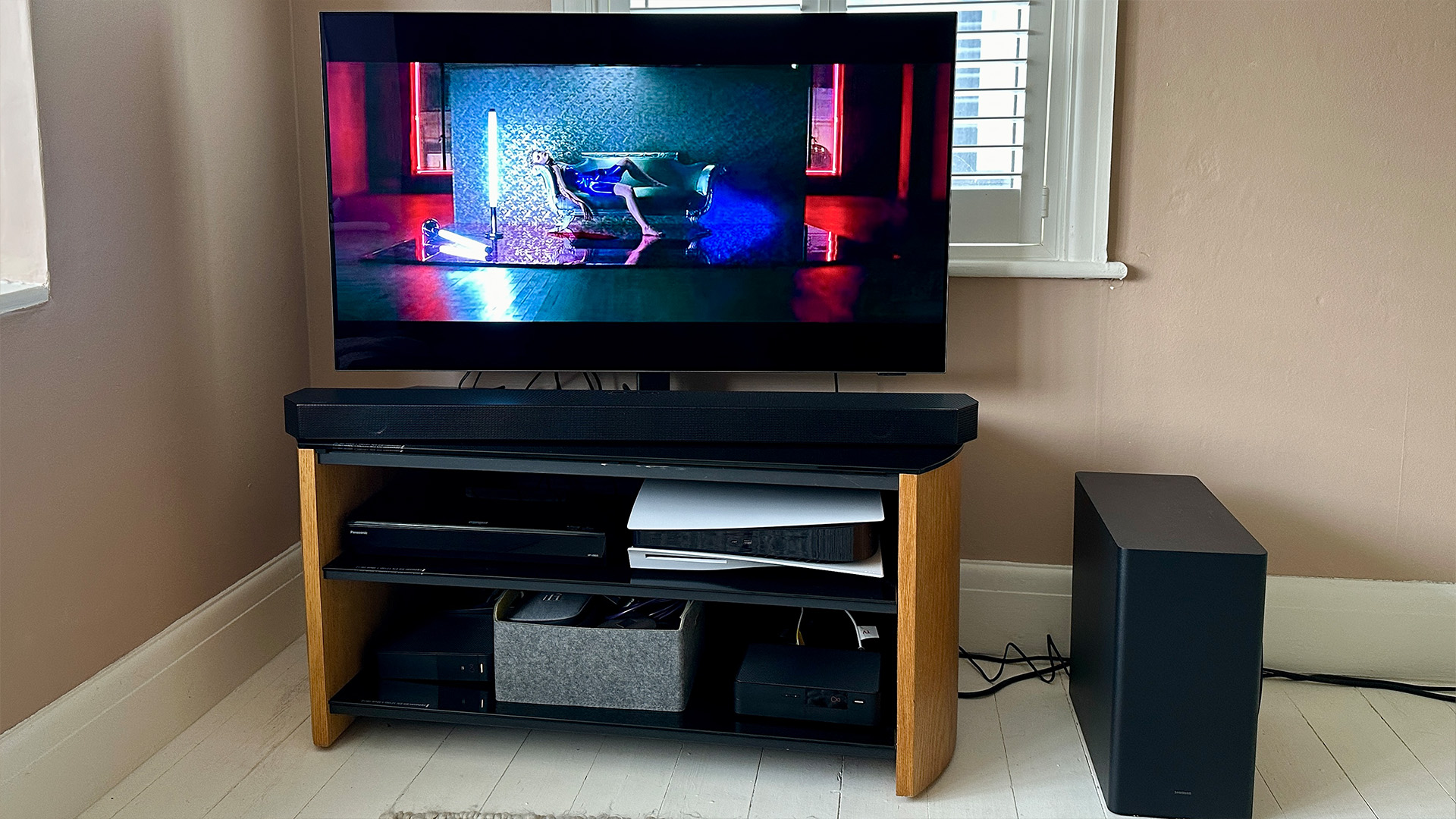
If you’re familiar with the Samsung HW-Q800C soundbar that this new model replaces, it’s enough for me to say 'it’s just the same, but with Bluetooth 5.2 and universal, rather than regional, Chromecast compatibility' and the job, as they say, is a good ‘un.
If you’re not, though, then the Samsung HW-Q800D is a 5.1.2-channel Dolby Atmos and DTS:X enabled soundbar – meaning it's capable of three-dimensional immersive audio decoding – that’s accompanied by a wireless subwoofer in the box.
There are total of 10 drivers in the soundbar, including upward and side-firing ones, along with forward-facing. These do the spatial audio business while a single, much bigger, driver in the subwoofer takes care of the sonic rumble and punch. The amount of power that’s on board isn’t a number Samsung is prepared to share, and the size and composition of those 11 drivers isn’t public information either. But, as we all know, it’s not how big your drivers are or how much power you’ve got, but what you do with them.
And if you have a suitable Samsung TV, the 'Q-Symphony' feature means the television’s audio system can join in with, rather than be overridden by, the HW-Q800D’s efforts. That makes this an easy pick as one of the best soundbars for Samsung TVs, in particular.
Connectivity includes a couple of HDMI sockets (one eARC-enabled), so there’s 4K@60Hz passthrough available – although the lack of full-on HDMI 2.1 is a disappointment, meaning no 4K@120Hz for all sources.
There’s also a digital optical socket for use with more elderly TVs. Wireless connectivity is via Bluetooth 5.2 with SBC and AAC codec compatibility, and the built-in Wi-Fi means that Apple AirPlay, Chromecast and Spotify Connect are all available. The soundbar can also connect wirelessly to your TV if you like, but the latency that results is hard to ignore.
Does the Samsung Q800D sound good?
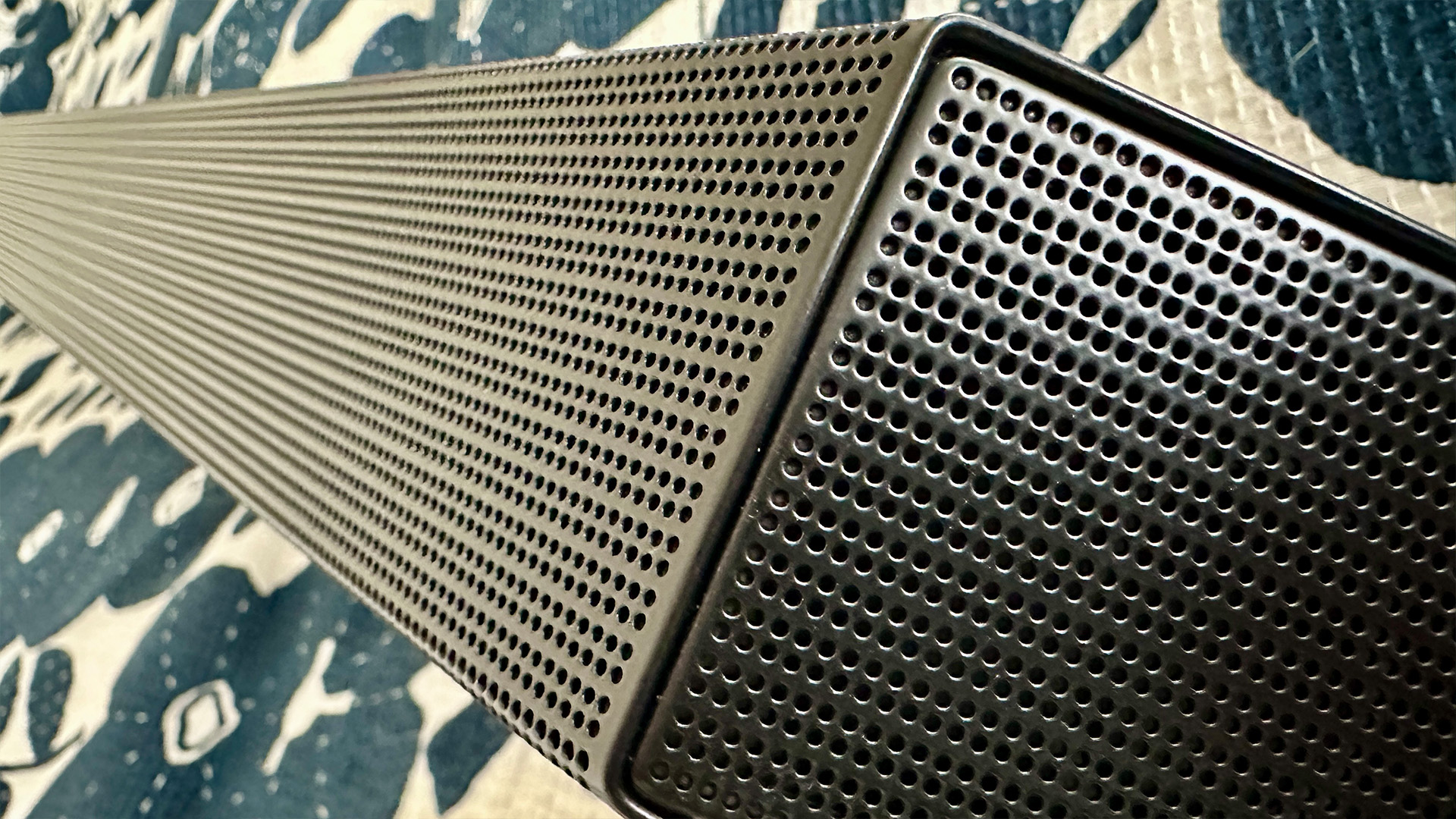
It probably won’t come as any kind of shock to learn that most Dolby Atmos soundbars sound their best, most convincing and enjoyable, when given a Dolby Atmos soundtrack to deal with. And the Samsung HW-Q800D is no exception.
With a native Dolby Atmos soundtrack incoming via an HDMI socket, the HW-Q800D sounds spacious, direct and – as long as you’ve trimmed the output of the subwoofer effectively – quite impressively punchy. There’s genuine height and width to the soundstage it creates, a proper sensation of movement and direction upon it, and an overall coherence that’s by no means a given from a relatively affordable multi-channel soundbar.
Despite the plenitude of its drivers, there’s good integration of the frequency range from top to bottom. And when the going gets properly bassy, the subwoofer controls the low-frequency stuff with real authority – the 'start' and 'stop' of bass sounds is properly observed, and there’s plenty of information regarding texture and tone available too. Some subwoofers just tend to thump along with what the soundbar is doing, but this one is more accomplished than that.
The midrange projects well and, again, detail levels are high. Dialogue is fundamental where movie soundtracks are concerned, of course, and the HW-Q800D has no trouble giving it enough space even when the overall going gets hectic and complex. There’s more than enough dynamic headroom available too – but even when the intensity really ramps up, the midrange remains focused and distinct. This all means intelligibility is never an issue.

Really, it’s only at the top of the frequency range that the HW-Q800D is less than entirely assured. Unlike the rest of the frequency range, there’s a lack of substance to the treble sounds this 'bar produces – the top-end is thin and toothy, and doesn’t need much provocation where volume is concerned to get rather hard and edgy.
It makes for uneasy listening, and causes the treble reproduction to seem as if it belongs to a different soundbar entirely. Despite the fact that the transition into the midrange is reasonably smooth, the top-end really sounds like it’s doing its own thing where tonality is concerned.
Dolby Atmos music fares similarly, insomuch as it sounds open and nicely defined – and with just as much low-end solidity and variation as movies enjoy. If anything, music mastered in Dolby Atmos allows the subwoofer to showcase its talents even more obviously than movies do – there’s quite a difference between 'bass guitar' and 'almighty explosion at an airfield', after all.
Step down to regular multichannel or even stereo content and the Samsung continues to impress, with the top-end caveats all still strongly applying. It’s always a focused and revealing listen, always controls its low-frequency activity carefully and always sounds a bit zizzy and inflexible at the top. So as a standalone speaker for listening to music, it’s most of the way there – just as it is for multichannel movies.
Is the Q800D well-made?

The HW-Q800D is a properly built, nicely finished product that more than lives up to its asking price in the way it’s presented. At 59 x 1,111 x 120mm there’s plenty of the soundbar, but it wears its relative bulk well – although it’ll be a squeeze beneath anything smaller than a 55-inch TV. The plastics that make up the bottom and the rear of the cabinet are of high quality, and the perforated metal mesh that covers the rest (and allows just a glimpse of the drivers behind) is flawlessly finished.
The subwoofer, meanwhile, is of predictably prosaic vinyl-wrapped MDF – but, like the soundbar it accompanies, it’s put together properly. There are more compact subwoofers around that wirelessly accompany soundbars (this one is 400 x 206 x 402mm), it’s true – but of course, it only needs access to mains power, after which it can be positioned pretty much anywhere you like.
There are a few physical controls on the top of the soundbar, but full control is available via the little remote handset that’s included in the packaging. The Samsung SmartThings control app is compatible too, as long as you don’t mind handing over more information than seems strictly necessary. Amazon Alexa voice control is built in, and if you’re using the app then Google Assistant is available too.
The only display is a little dot-matrix patch at the far end of the front of the soundbar – it’s small, indistinct and not especially helpful. Not unless you get up very close and squint, anyway.
Samsung Q800D review: Verdict
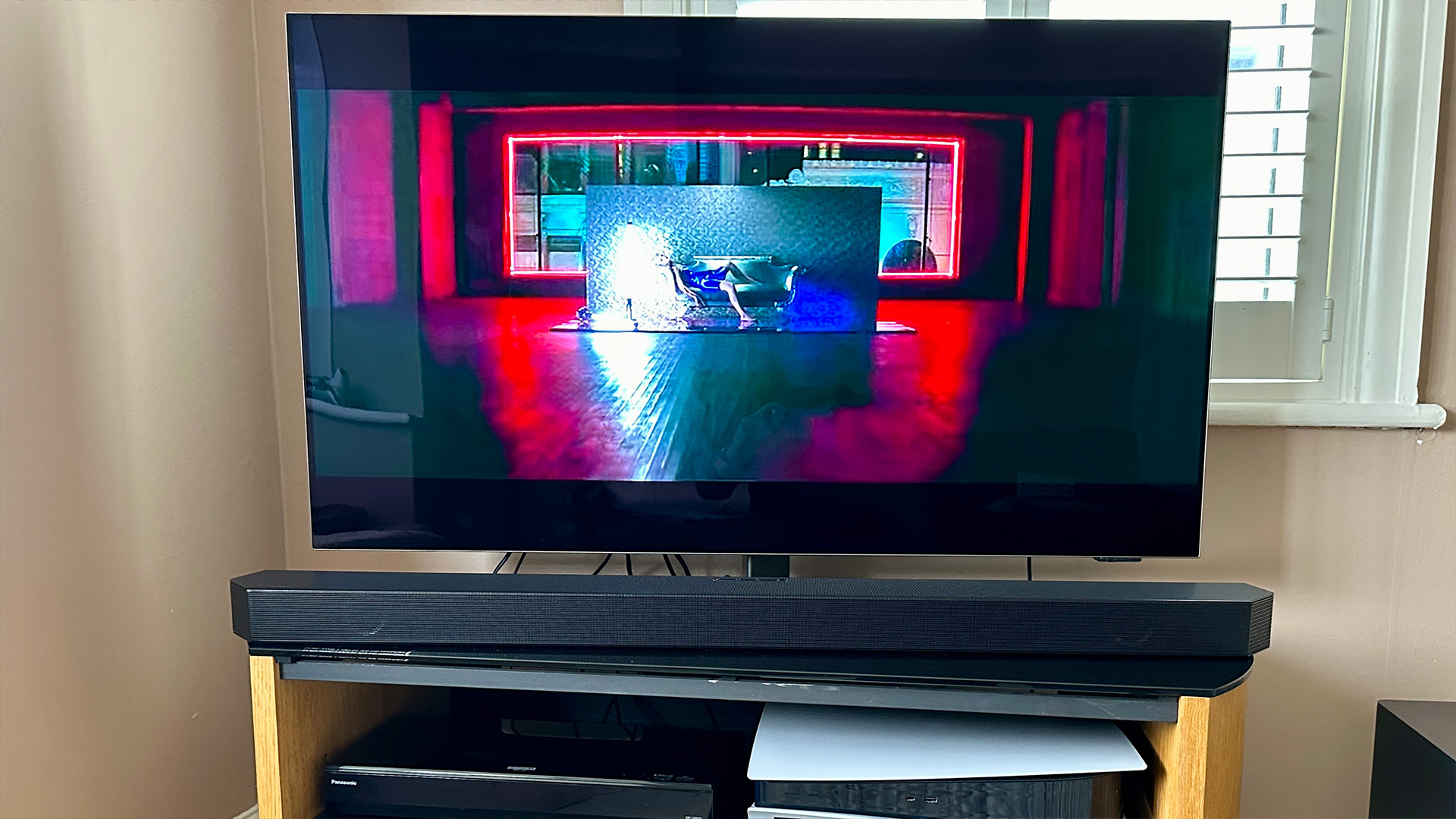
If you own a Samsung HW-Q800C, there’s very little reason to consider an upgrade to this Q800D – if, indeed, an upgrade is what it is.
But if you’re fresh into the 'Dolby Atmos soundbar with subwoofer' market, this Samsung deserves your consideration – as long as you don’t mind the way it deals with treble information.
Overall, if you've got a Samsung TV in particular then this combination will mate with it perfectly using Q Symphony for the best results – but it sounds grand matched with non-Samsung tellies too.
Also consider
Now that the Sonos Arc Ultra is here, there are deals to be done on the outgoing Sonos Arc – and while it doesn’t travel with a subwoofer, it remains one of the better-balanced and more convincing Dolby Atmos soundbars around. If you have to have that low-end presence, though, then you could do a lot worse than hunt down a Samsung HW-Q800C as, to all intents and purposes, it’s the same as the HW-Q800D but less expensive.
Sign up to the T3 newsletter for smarter living straight to your inbox
Get all the latest news, reviews, deals and buying guides on gorgeous tech, home and active products from the T3 experts
Simon Lucas is a freelance technology journalist and consultant, with particular emphasis on the audio/video aspects of home entertainment. Before embracing the carefree life of the freelancer, he was editor of What Hi-Fi? magazine and website – since then, he's written for titles such as Wired, Metro, the Guardian and Stuff, among many others. Should he find himself with a spare moment, Simon likes nothing more than publishing and then quickly deleting tweets about the state of the nation (in general), the state of Aston Villa (in particular) and the state of his partner's cat.
You must confirm your public display name before commenting
Please logout and then login again, you will then be prompted to enter your display name.
-
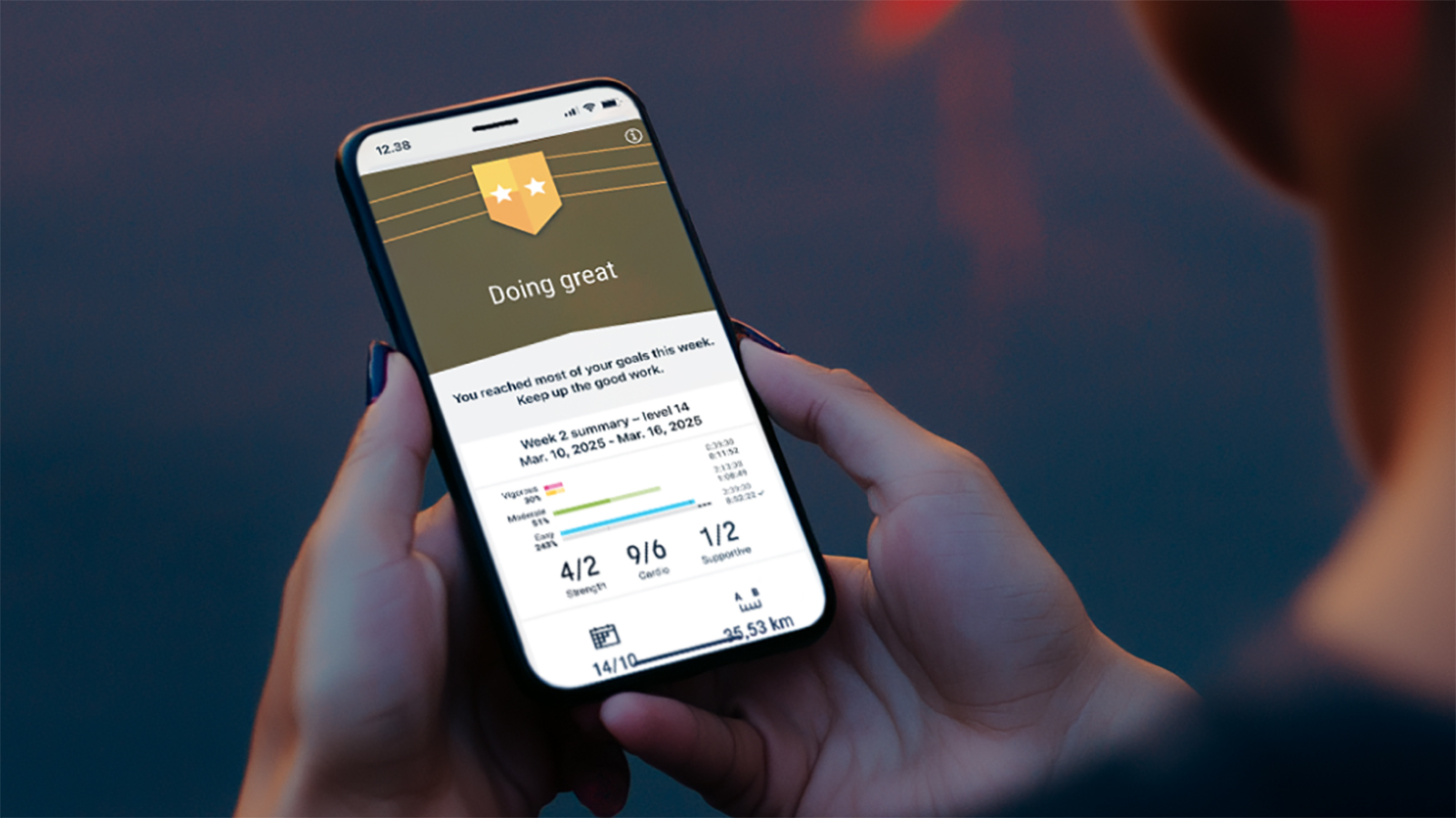 Polar’s new subscription feature lands in the shadow of Garmin’s Connect+ rollout
Polar’s new subscription feature lands in the shadow of Garmin’s Connect+ rolloutPR genius or timing disaster? Polar’s new Fitness Programme adds adaptive training to its ecosystem
By Matt Kollat Published
-
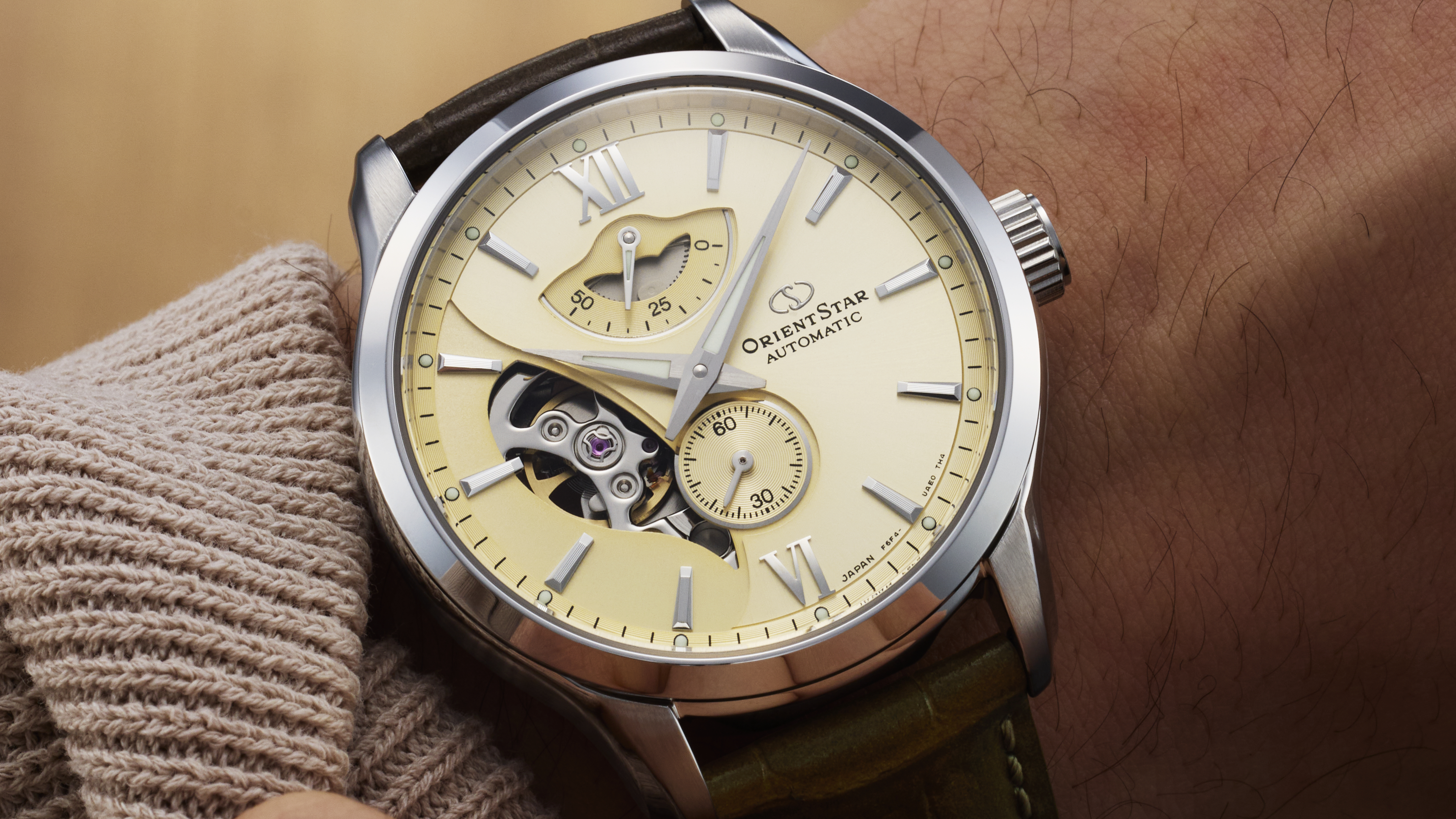 New Orient Star watches offer a glimpse of the magic within
New Orient Star watches offer a glimpse of the magic withinThere are two new skeleton pieces
By Sam Cross Published
-
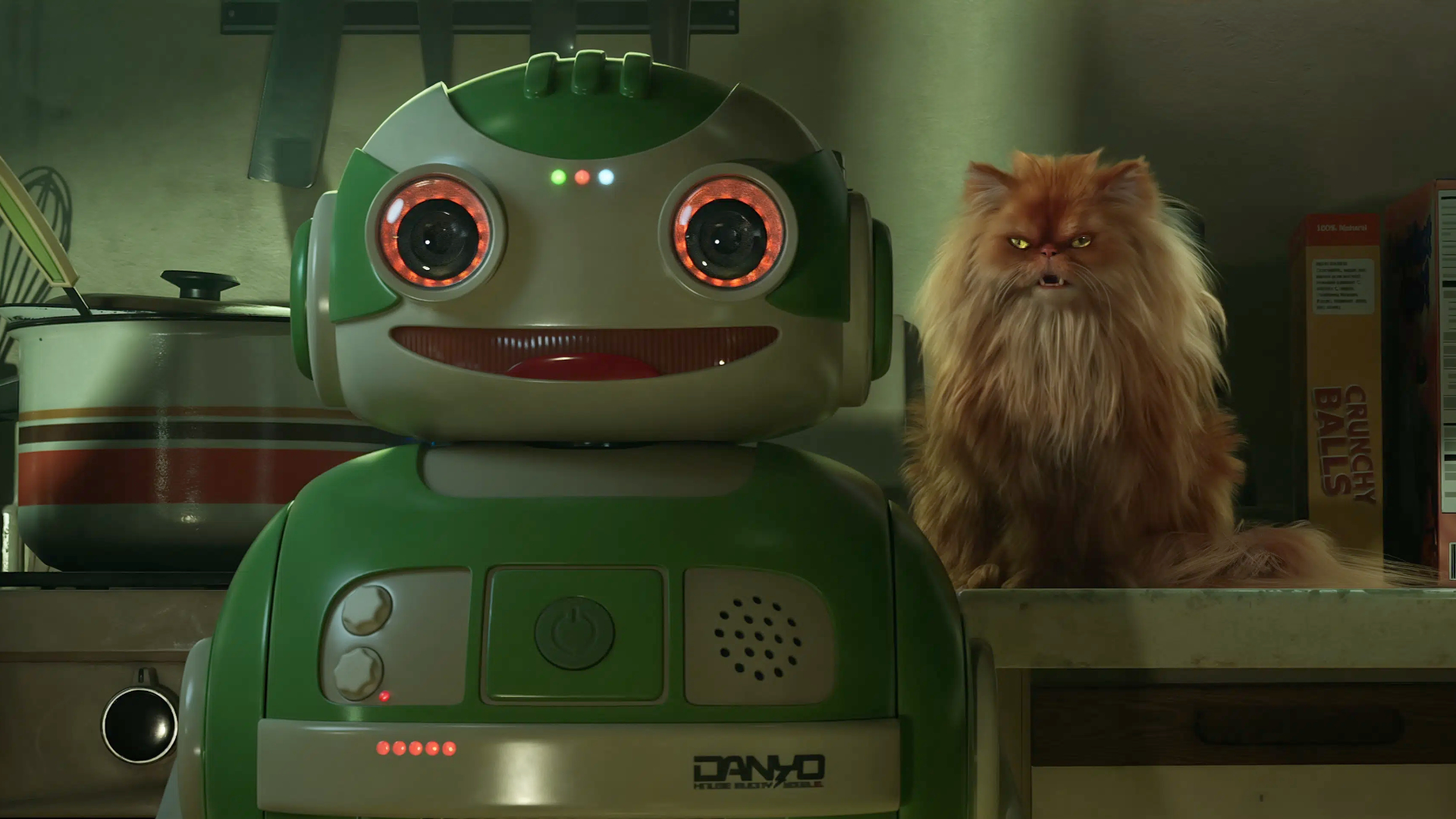 Netflix's most surprising 100%-rated sci-fi series returns with gorgeous trailer
Netflix's most surprising 100%-rated sci-fi series returns with gorgeous trailerLove Death + Robots is back for more
By Max Freeman-Mills Published